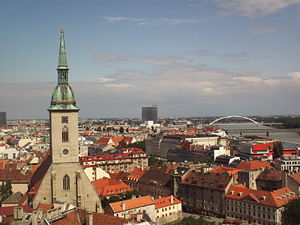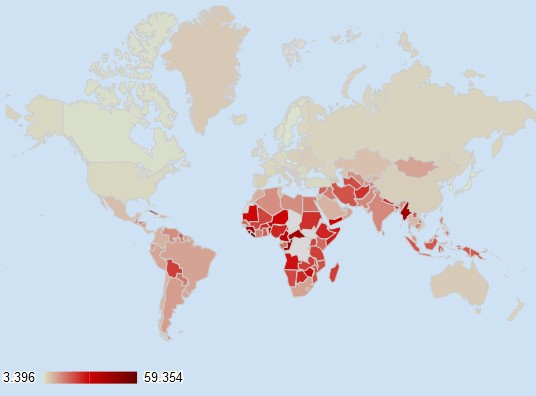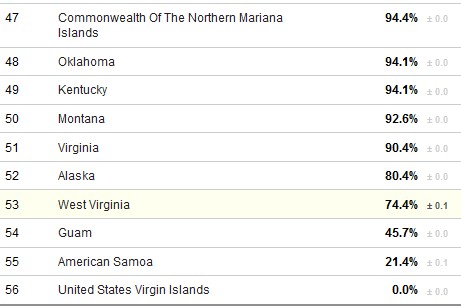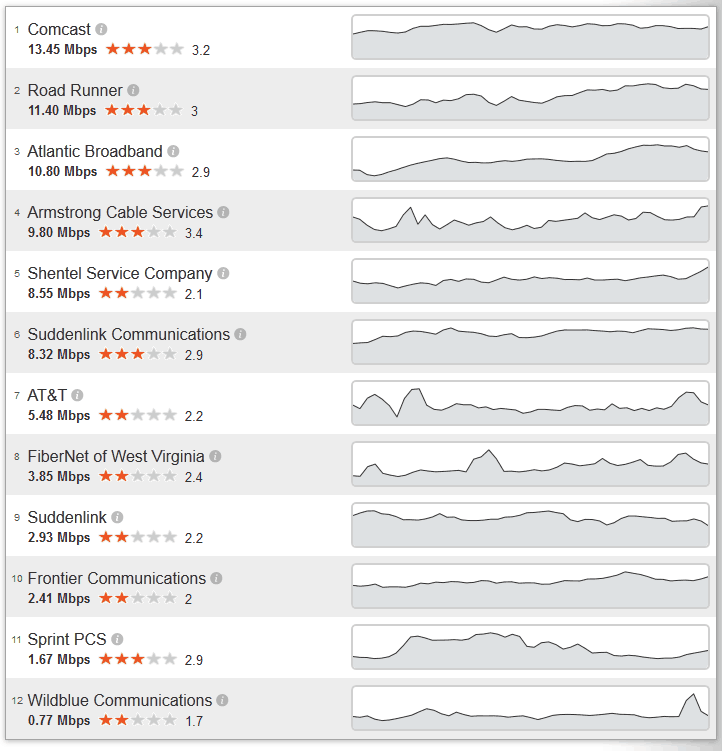 Back in the days of dial-up Internet access, consumers could choose from a dozen or more independent providers selling service from prices ranging from free (for a limited number of hours per month) to $20-25 a month for unlimited dial-in access. As long as an ISP maintained a local access number, they could set up shop and sell service at competitive prices in virtually any community in the country.
Back in the days of dial-up Internet access, consumers could choose from a dozen or more independent providers selling service from prices ranging from free (for a limited number of hours per month) to $20-25 a month for unlimited dial-in access. As long as an ISP maintained a local access number, they could set up shop and sell service at competitive prices in virtually any community in the country.
For awhile it seemed that this competition would continue as the days of broadband DSL arrived. Phone companies like Qwest opened their network to third party competitors who could lease access to company facilities and lines and market their own DSL service. In states like Minnesota, Qwest customers could choose from several providers, including Qwest itself, and receive service at competitive pricing. But in 2005, the Federal Communications Commission announced phone companies no longer had to share their phone network with other providers.
 It was the beginning of the end for independent service providers in that state and others. The Minneapolis Star-Tribune reports that out of 47 independent ISPs that existed in the Twin Cities area alone in 2005, only about a dozen remain today — and many of those can count customers in the hundreds. In fact, business has dwindled so badly, many providers no longer actively market DSL services to consumers.
It was the beginning of the end for independent service providers in that state and others. The Minneapolis Star-Tribune reports that out of 47 independent ISPs that existed in the Twin Cities area alone in 2005, only about a dozen remain today — and many of those can count customers in the hundreds. In fact, business has dwindled so badly, many providers no longer actively market DSL services to consumers.
The 2005 FCC policy allows phone companies to cut off the independents as network upgrades are completed. What service can be sold by independents in Minnesota is speed restricted as well — only up to 7Mbps. Even at those increasingly uncompetitive speeds, CenturyLink makes sure customers are notified they can no longer buy DSL service from independent companies once their upgrades are finished.
Today, the march forward for incrementally faster DSL broadband speeds at CenturyLink (which acquired Qwest), continues to force more and more competitors out of the broadband business. Many of the remaining customers are located in rural or suburban exchanges only now seeing network upgrades. But some companies are not waiting for the last of their customers to depart. Implex.net saw the writing on the wall and decided to exit the business, telling the newspaper they could not compete with CenturyLink, much less Comcast.
 “It was a dying business because we could only sell old technology,” said Stuart DeVaan, CEO of Implex.net in Minneapolis.
“It was a dying business because we could only sell old technology,” said Stuart DeVaan, CEO of Implex.net in Minneapolis.
US Internet of Minnetonka also realized selling DSL was not going to be a growth business under current FCC rules.
“If you are a traditional Internet service provider from the mid-’90s that relies on someone else’s network, you’re at a serious disadvantage,” said Travis Carter, technology vice president at US Internet.
CenturyLink denies the FCC policy limits competition, pointing to cable operators, Wi-Fi, and wireless mobile broadband as all viable alternative choices for consumers.
But Bill Kalseim, who lives in rural Stillwater, having received notification he is about to be cut off from his ISP — ipHouse — thinks otherwise.
“I had a choice of DSL providers before, and now I don’t.” Kalseim told the newspaper.


 Subscribe
Subscribe







